The Reality of Sewer Inspections - Everything You Need to Know
Sewer inspections are a crucial part of maintaining the integrity of both municipal and residential wastewater systems. Discover how these inspections are conducted and why they matter.
Sewer inspections play a vital role in ensuring that wastewater systems function properly, whether it's for a single home or an entire city. These inspections help identify issues before they become major problems, preventing costly damage and health hazards.
From time to time, sewer lines can develop serious issues—like cracks, blockages, or collapses—that can lead to unexpected emergencies. Water or raw sewage might suddenly back up into homes or streets, causing significant disruption and damage. That’s where sewer inspections come in.
City sewer inspections involve trained professionals who assess the condition of large pipes and other infrastructure. In many cases, instead of sending people into dangerous or tight spaces, caged drones like the Elios 3 are used to gather visual data safely and efficiently.
These drones allow inspectors to examine the inside of pipes without the risks associated with manual entry. They provide high-quality images and footage, helping technicians diagnose problems quickly and accurately.
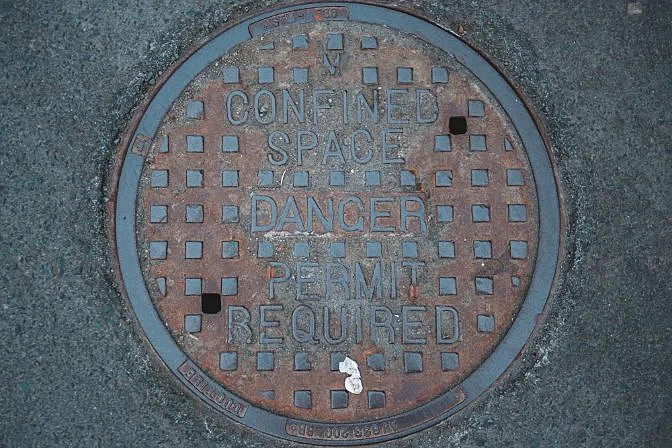
This article dives into the essentials of sewer inspections, covering their purpose, the differences between home and city inspections, common techniques, and how indoor drones are transforming the industry. Whether you're a homeowner or a city planner, understanding sewer inspections is key to maintaining safe and functional infrastructure.
Two Reasons for Conducting Sewer Inspections
Sewer inspections are primarily conducted to collect visual data about the condition of pipes and other parts of the wastewater system. There are two main reasons for performing these inspections:
1) To address sudden emergencies caused by damaged or blocked pipes.
2) As part of routine maintenance to prevent future issues.
Reason 1: To Fix a Sudden Sewer Problem That Has Created an Emergency
Emergencies can occur unexpectedly, such as when water backs up in a home or sewage leaks into public areas. In such cases, a quick inspection is necessary to locate and fix the issue before more damage occurs.
In homes, symptoms might include slow drains, gurgling toilets, or foul odors. For cities, the signs could be larger, like sewage spilling into rivers or streets. Immediate action is required to prevent further harm and restore normal function.
Reason 2: To Identify Potential Problems and Address Them as Part of Routine Maintenance
Regular sewer inspections are essential for aging infrastructure. Many cities conduct periodic checks to detect early signs of wear or damage, allowing them to plan repairs before a failure occurs.
By staying proactive, municipalities can avoid costly emergency repairs and reduce the risk of service disruptions. This approach not only saves money but also helps maintain public health and safety.
Watch this video to see how a routine sewer inspection is conducted using a drone:
Want to know how often cities in the U.S. conduct maintenance on their sewer systems? The American Society of Civil Engineers (ASCE) provides insights into the frequency of these procedures.
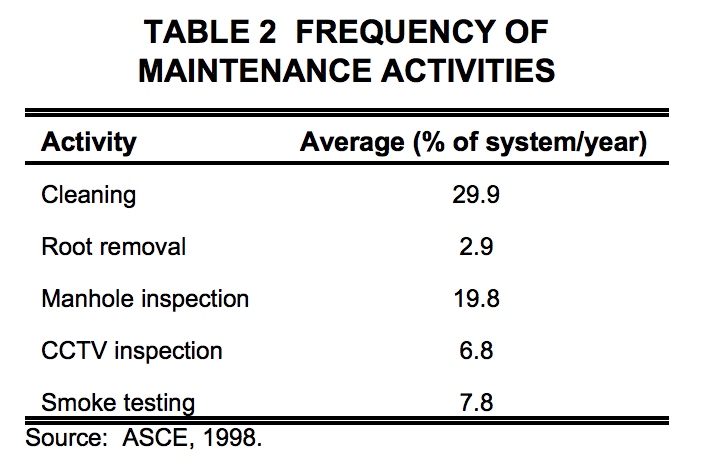
Home vs. City Sewer Inspections
While the goal of a sewer inspection is the same—collecting visual data about pipe conditions—the methods and scale differ between home and city systems.
Home Sewer Inspections
Home sewer inspections typically involve a camera attached to a snake-like device called a sewer scope. This tool is pushed through the pipes to capture footage of the interior. It helps identify issues like root infiltration, cracks, or blockages.
These inspections are done either in response to an emergency or as part of a proactive maintenance plan. Homeowners may choose to have their systems checked before selling their property or if they suspect underlying problems.
City Sewer Inspections
City sewer inspections are far more complex due to the size and scale of the infrastructure. Pipes can be large enough for a person to enter, and traditional methods involved manually inspecting them with flashlights. Today, technology has made it possible to use drones and cameras to gather data remotely.
This shift not only improves safety but also increases efficiency. Drones like the Elios 3 can navigate tight spaces and provide high-resolution images, making it easier for inspectors to assess the condition of underground systems without risking human safety.
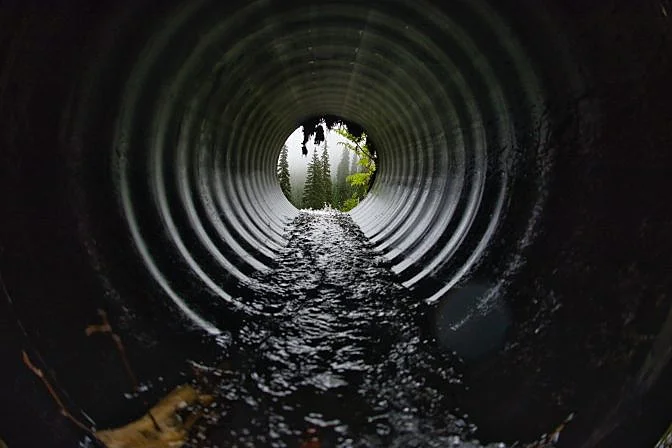
City Sewer Inspection Techniques
Cities use several methods to inspect their sewer systems, each with its own advantages and limitations. Here are the most common techniques:
- Visual Inspections
- CCTV Inspections
- Camera Inspections
- Lamping Inspections
Visual Inspections
Inspectors physically enter pipes to examine them using a flashlight. This method is still used in some cases, especially when dealing with smaller or more accessible areas.
It allows for direct observation but comes with risks, such as exposure to hazardous environments.
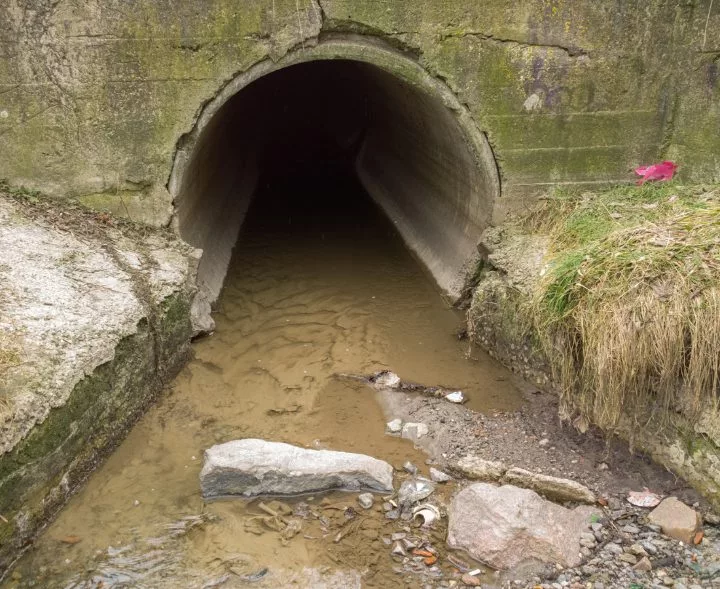
CCTV (Closed Circuit Television) Inspections
CCTV is widely used for inspecting pipes that are too small for humans to enter. A camera and lights are mounted on a raft or sled and moved through the pipe to capture footage.
High-end CCTV systems offer features like zoom, focus control, and directional lighting, which improve the quality of the data collected. This makes it easier to spot defects, blockages, or structural issues.
Camera Inspections
Similar to CCTV, camera inspections involve placing a camera on a sled or raft and moving it through the pipe. This method is effective for capturing detailed visual data and identifying potential problems.
Lamping Inspections
Lamping inspections involve lowering a camera into a manhole and positioning it at the junction of the pipe and the opening. While this method is less detailed, it is sometimes used for older or lower-priority pipes due to cost constraints.
Three Ways Indoor Drones Help with City Sewer Inspections
Indoor drones are changing the way sewer inspections are conducted, offering improved safety, cost savings, and better data collection. Here are three key benefits:
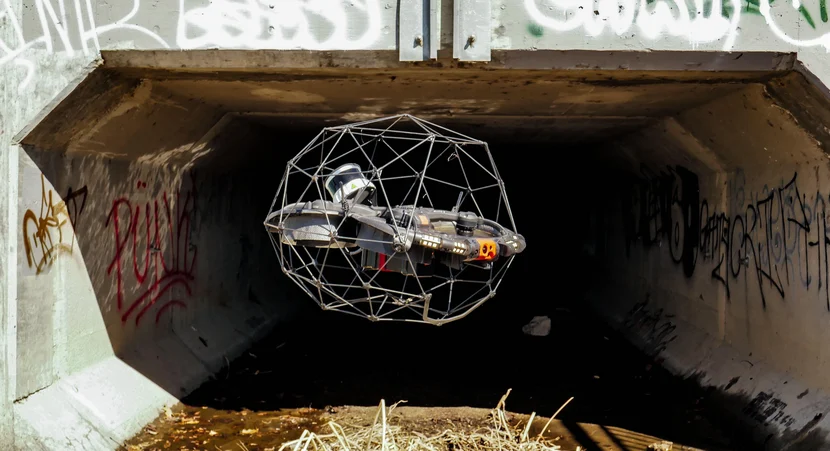
1. Safety
Drones like the Elios 3 eliminate the need for inspectors to enter confined or hazardous spaces. This significantly reduces the risk of injury and improves overall safety during inspections.
2. Savings
Using drones makes inspections faster and more efficient, reducing labor costs and minimizing downtime. According to Péter Kövessi from Flind, drone inspections can be twice as efficient and 40% cheaper per meter compared to traditional methods.
3. Better Data
Advanced drones can create real-time 3D models of sewer systems, providing more accurate and detailed records. This helps inspectors track defects over time and make informed decisions about repairs and maintenance.
The Future of Sewer Inspections: Drones
Sewer inspections are becoming safer and more efficient thanks to advancements in drone technology and LiDAR scanning. These tools allow for remote inspections, reducing risks and improving accuracy.
As cities continue to modernize their infrastructure, we can expect to see more use of drones and other remote inspection tools. These innovations not only enhance safety and cost-effectiveness but also make the job more engaging for inspectors.
Learn more about the Elios 3, one of the most advanced sewer inspection drones available, and discover how it's being used worldwide to improve the future of wastewater management.
Galvanized Pipe,Painting Galvanized Pipe,Galvanized Pipe And Fittings,A53 Galvanized Pipe
Shandong Jianlong Special Steel Co., Ltd. , https://www.jianlongsteelpipe.com